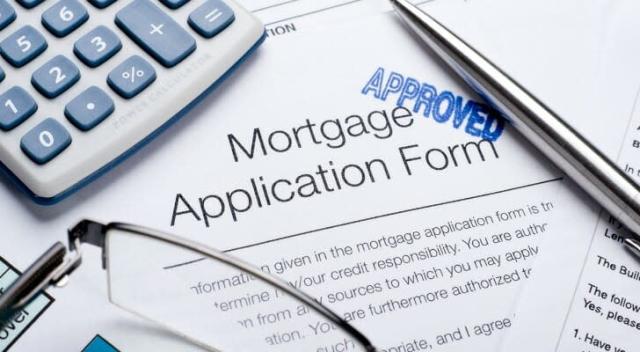Obtaining a mortgage pre-approval is usually best before contacting a realtor. This action helps them understand the price range they should pursue and their ability to finance the purchase.
Gathering Financial Information
The first step to complete when obtaining a loan for a home purchase is data related to personal finances. Income and assets are two key factors that will be examined when purchasing a home and applying for a mortgage.
The income a person receives demonstrates the ability to make monthly mortgage payments. Cash savings may be used to pay the property down payment. Showing where it came from is an essential part of the process, so having an investment statement is critical.
Have a Good Credit History
Another factor that’s vital when a person wants to get a mortgage is their credit history and current credit score. It is essential to understand that credit history will be scrutinized to determine if an individual has been diligent about making payments to past and current creditors.
It’s meritorious to have a credit score of at least 620 or higher when obtaining a traditional mortgage loan. Anything lower may disqualify a person or require them to pay “points,” which is extra money paid to the lender to minimize risk.
Determine the Amount of Mortgage
After completing the first two steps and a person is ready to get a mortgage, it’s important to figure out what amount of mortgage can be afforded. This step requires a person to list expenses, including heating, food, car payments and other monthly bills paid regularly. Including an expense for emergency maintenance or repairs should also be done when determining this category. There are several online mortgage calculators available that a person can use to plug numbers into to determine the amount of mortgage they can afford.
Choose a Mortgage Type and Loan Term
There are two main options a person can choose when they decide to get a mortgage. The first is a conventional mortgage loan, and the second is a government mortgage loan, such as an FHA or VA loan. Each of these options has specific criteria an individual must meet. It’s also essential to decide the length of the loan. The longer the term, the lower the monthly payments, which can be advantageous if they have a tight budget.
Get Required Documents Ready
When applying for a home mortgage, specific documentation is required, which can include the following:
- Identification, including a government-issued ID or driver’s license
- Tax returns, W-2 forms, paycheck stubs or other documentation showing income
- Savings and investment account statements showing assets
- Social Security number
- Documents showing settled collection accounts
The lender may ask for a few other documents during the mortgage underwriting process to ensure the applicant is a good candidate.
The next step is to provide the above information to a lender and get pre-approved. After doing so, a price range can be determined and the house-hunting process can begin. According to SoFi, an individual can turn their “dream home into a reality with flexible terms.” So, the mortgage process should be easy if you know how to do it the right way.
















